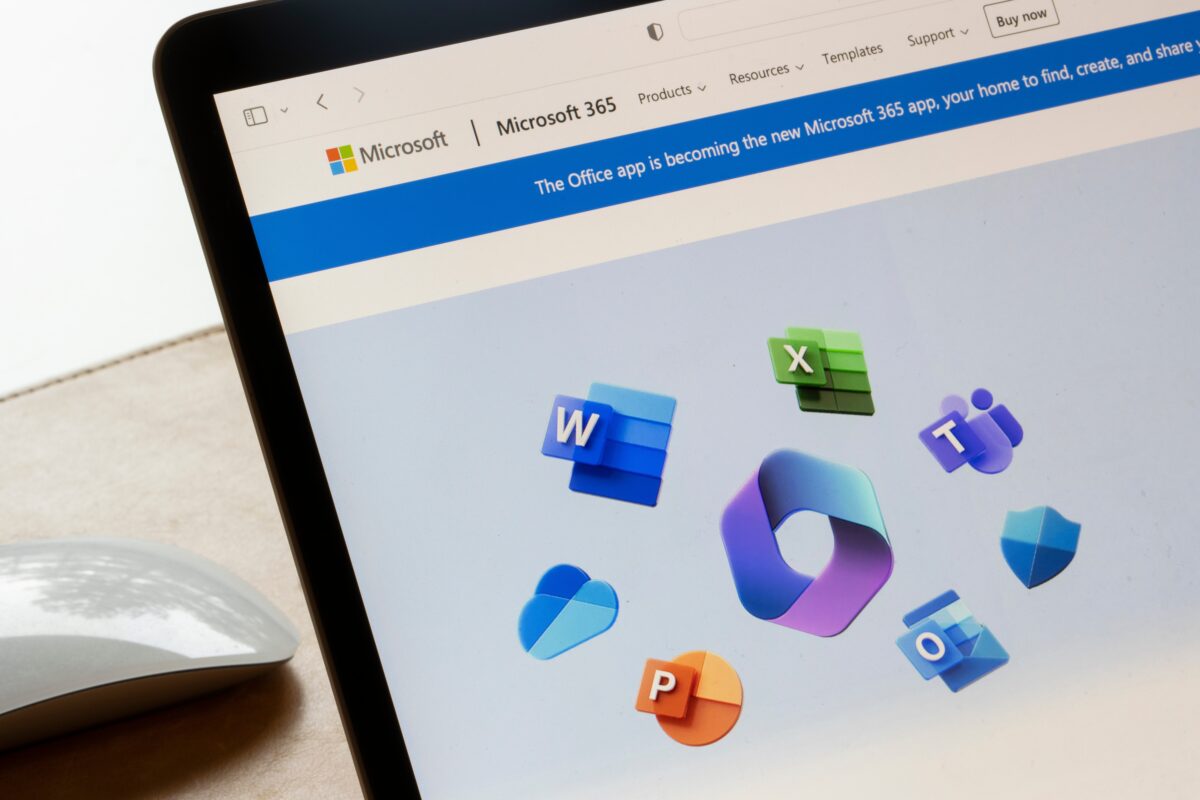As Australians, we like to see ourselves as easygoing. But inside offices, hospitals, and shops, many workers feel anything but secure. Psychological safety at work means employees feel free to speak up, share ideas, and take risks without fear.
Through professional leadership and wellness development programs, organisations can cultivate safer, more productive teams.
What is Psychological Safety at Work?
Psychological safety is about creating an environment where people feel safe to speak up without fear of embarrassment, rejection, or punishment. It doesn’t promise comfort but ensures respect. In psychologically safe teams, feedback is shared openly, leaders actively seek input, and mistakes are viewed as opportunities to learn and grow.
In Australia, psychological safety is increasingly recognised as a core factor in mental health and performance. Safe Work Australia data shows that mental health claims, often linked to workplace stress, bullying, or lack of support, have almost doubled over the past decade, with the average claim costing around $65,000 and leading to 37 weeks off work. These figures highlight the real business and human cost of low psychological safety.
Yet for many Australian workers, psychological safety remains out of reach. Mental health claims rose by nearly 20% in just one year. Over half of workers report working in toxic environments, and almost half of those who experience bullying say their employer did nothing.
Without trust, support, and accountability, psychological safety can’t exist and the cost of its absence is too great to ignore.
Learn more: Why Psychological Safety Is Key to Team Success at Work.
How to Spot High vs. Low Psychological Safety
According to the 2023 Safe Work Australia psychosocial hazards guidance and national employee sentiment surveys, more than half of Australian workers report experiencing a toxic workplace, and nearly one in three experience burnout. In low-safety environments, these issues often go unspoken, until performance or retention suffers.
When psychological safety is low, people avoid speaking up, sharing ideas, or raising concerns. In contrast, high-safety environments are marked by openness, trust, and shared accountability. Here are some signs to help you recognise the difference:
| Signs of High Psychological Safety | Signs of Low Psychological Safety |
| Honest, open conversations are part of daily team culture | Meetings feel tense or quiet, and people avoid speaking up |
| Employees take responsibility and raise issues early | Staff hide mistakes or wait too long to share important problems |
| Feedback moves freely between all levels and roles | Feedback is avoided or delivered only from the top-down |
| Leaders ask questions, stay curious, and listen actively | Leaders dismiss input, interrupt, or dominate conversations |
| Teams talk openly about mistakes and focus on learning | Teams respond to errors with blame or silence instead of learning from them. |
The Role of Leadership in Psychological Safety
Safe Work Australia highlights that leaders have a duty under WHS law to manage psychosocial risks including job demands, poor support, and workplace conflict. This aligns directly with the leadership behaviours that foster psychological safety: listening, supporting, and creating trust.
Leaders play a central role in shaping team culture. Through their words and daily actions, they directly influence how safe people feel at work.
Effective leaders lead with empathy, consistency, and accountability. They learn these habits through feedback, practice, and self-reflection. When leaders admit failure, welcome feedback, and show respect, others follow. This builds a culture of trust.
How to Create Psychological Safety at Work Through Leadership Skills
Here’s how to create psychological safety at work through small but powerful leadership habits:
Listen Actively and Create Space to Speak Up
Give people your full attention. Paraphrase their input and show you value their ideas, even if you disagree. Use regular check-ins, feedback sessions, and anonymous surveys to keep communication flowing and reduce hesitation.
Treat Mistakes as Learning Opportunities
Don’t punish failure. Instead, share what went wrong and what you learned. Praise team members who take smart risks and talk openly about challenges. They set the tone for others to do the same.
Support Inclusion and Reward Curiosity
Make sure everyone gets a say. Rotate facilitators, invite input from every level, and stay alert to bias. Celebrate curiosity and fresh ideas, especially when someone challenges the norm or explores a new approach.
Psychological safety also plays a key role in advancing diversity and inclusion efforts, a major strategic focus for many Australian organisations following the Respect@Work report and broader DEI reforms. When employees feel safe, they are more likely to contribute, challenge bias, and collaborate across differences.
Learn more: Is There a Connection Between Emotional Intelligence and Success in Business?
Leadership Training That Makes a Difference
At ATI-Mirage, we equip managers with the tools to lead with purpose. Our Perth-based leadership training builds confidence, emotional intelligence, and clear communication using proven tools like DISC profiling.
Whether you’re new to leadership or ready to level up, our in-person and virtual courses help you create a workplace where people thrive.
What You’ll Learn
Participants gain practical skills in:
- People management and team performance
- Leading change with confidence and clarity
- Emotional intelligence, delegation, and decision-making
- Conflict resolution and difficult conversations
- Strategic planning and project execution
Popular Courses Include:
- Supervisor Toolkit: Ideal for new supervisors learning how to lead, delegate, and motivate.
- Leadership Essentials: Best for experienced professionals looking to enhance strategic and interpersonal leadership skills.
- Managing People and Performance: Helps leaders support teams through feedback, accountability, and positive performance cultures.
- Emotional Intelligence for Teams and The Art of Emotionally Intelligent Leadership: Help leaders improve communication, build empathy, and lead with confidence.
- Leading & Communicating Change: Focused on helping leaders guide teams through transitions with resilience.
Our 100% quality guarantee backs all courses and comes with post-course help desk support to ensure long-term success.
Curious to learn more? Explore all leadership training options.
Supporting Employee Wellbeing Through Psychological Safety
Psychological safety supports both performance and mental health. When people feel unsafe, stress builds, creativity drops, and burnout takes over. Investing in leadership means investing in wellbeing. When employees feel heard and respected, they stay engaged and motivated.
ATI-Mirage links leadership training with wellness. Our Wellness courses focus on resilience, emotional intelligence, and psychological safety. They help individuals manage stress, communicate better, and contribute to a healthier, more connected workplace.
What You’ll Learn
Each half-day or full-day session delivers:
- Personal resilience-building techniques
- Strategies to prevent burnout
- Mindfulness practices for focus and clarity
- Psychological safety frameworks for teams
- Assertiveness and confidence-building tools
Standout Courses Include:
- Psychological Safety @ Work: A focused session on what it is, why it matters, and how to build it across your team.
- Avoid Burnout @ Work: Practical guidance for spotting burnout early and building energy-sustaining habits.
- Mindfulness @ Work: Teaches presence, focus, and stress management through evidence-based mindfulness.
- Resilience @ Work: Helps teams bounce back from challenges with grit and composure.
- Develop Your Emotional Intelligence: Enhances interpersonal awareness and leadership capacity.
You can take our wellness courses in Perth, online, or on-site at your workplace.
Boost your team’s performance: Explore all wellness training options.
Lead the Change You Want to See
Psychological safety at work isn’t a luxury, it’s a necessity for long-term success. It drives innovation, strengthens wellbeing, and improves collaboration. And at the heart of it is leadership.
With workplace mental health legislation tightening across Australia and growing expectations for inclusive leadership, psychological safety is no longer optional. It’s essential.
ATI-Mirage is here to help you with a leadership development program to build the foundation for a safer, more adaptive culture. Explore wellness and leadership training Perth trusts to build the skills that unlock safety, trust, and innovation at work.











